Stellantis Unveils Historic $13 Billion U.S. Production Commitment, Creating 5,000 Jobs, But Sparks Canadian Concern
Stellantis, the multinational automotive giant behind Chrysler, Dodge, Jeep, and Ram, has announced a monumental $13 billion investment in its U.S. manufacturing base over the next four years. This commitment, touted as the largest in the company’s 100-year history in the U.S., aims to increase annual production by 50%, support the introduction of five new vehicles, and create over 5,000 new manufacturing jobs across plants in Illinois, Ohio, Michigan, and Indiana. While celebrated by U.S. officials and labor leaders, the plan involves some production shifts from Canada to the U.S., raising significant concerns among Canadian auto union Unifor, who view it as a consequence of the Trump administration’s isolationist policies.
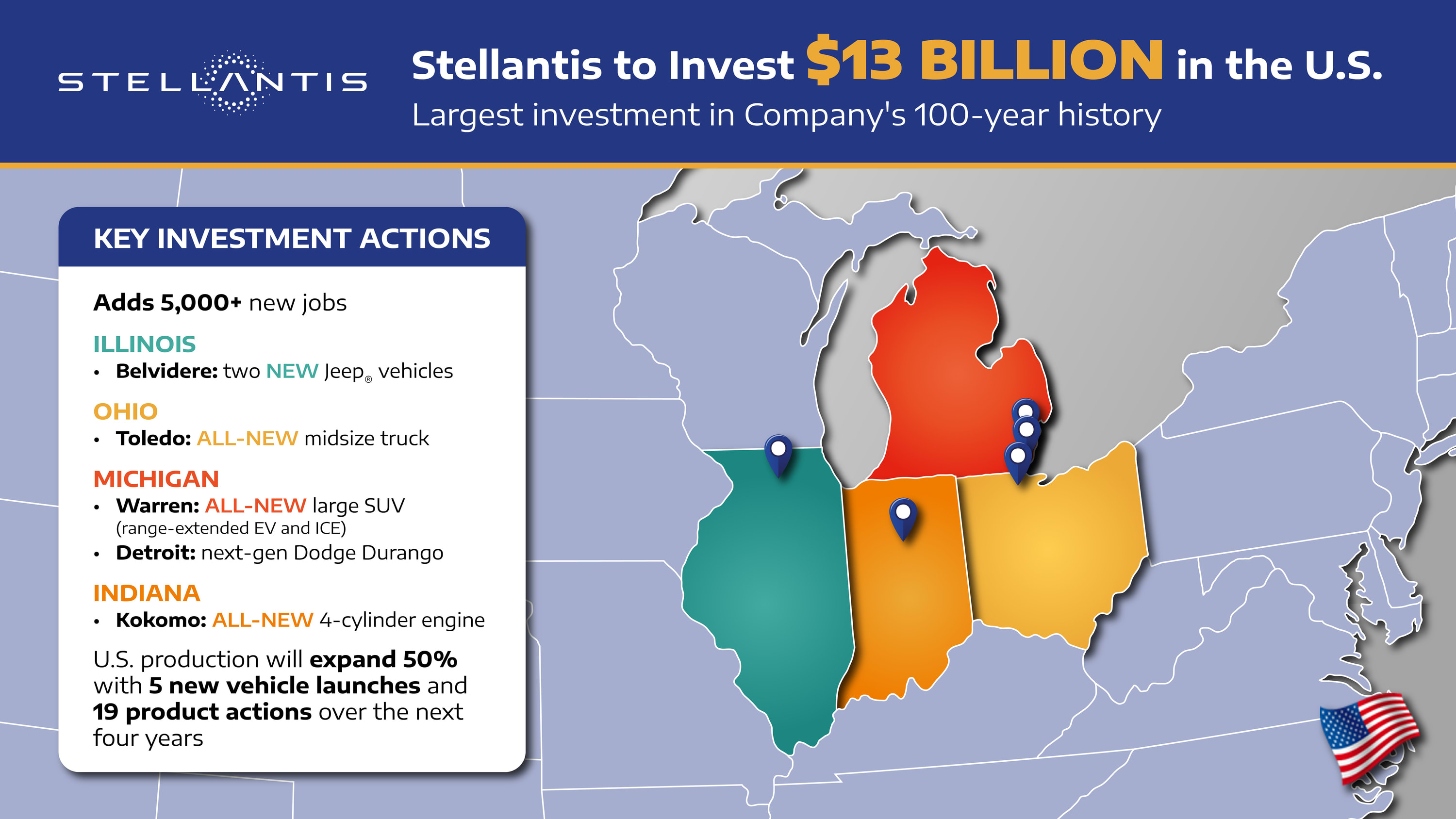
A Massive Investment in U.S. Manufacturing Growth
Stellantis’s strategic investment is designed to significantly bolster its U.S. footprint and product portfolio.
- Historic Commitment: The $13 billion investment is the “single largest in the Company’s history” in the United States.
- Production and Job Growth: It aims to increase annual production by 50% and generate over 5,000 new jobs across its facilities in Illinois, Ohio, Michigan, and Indiana.
- New Vehicles and Powertrain: The investment will support the introduction of five new vehicles across the brand portfolio in key segments, alongside an all-new four-cylinder engine.
- CEO’s Vision: Stellantis CEO Antonio Filosa emphasized that driving U.S. growth is a “top priority,” believing success in the U.S. will translate globally. He stated the investment will “strengthen our manufacturing footprint and bring more American jobs.”
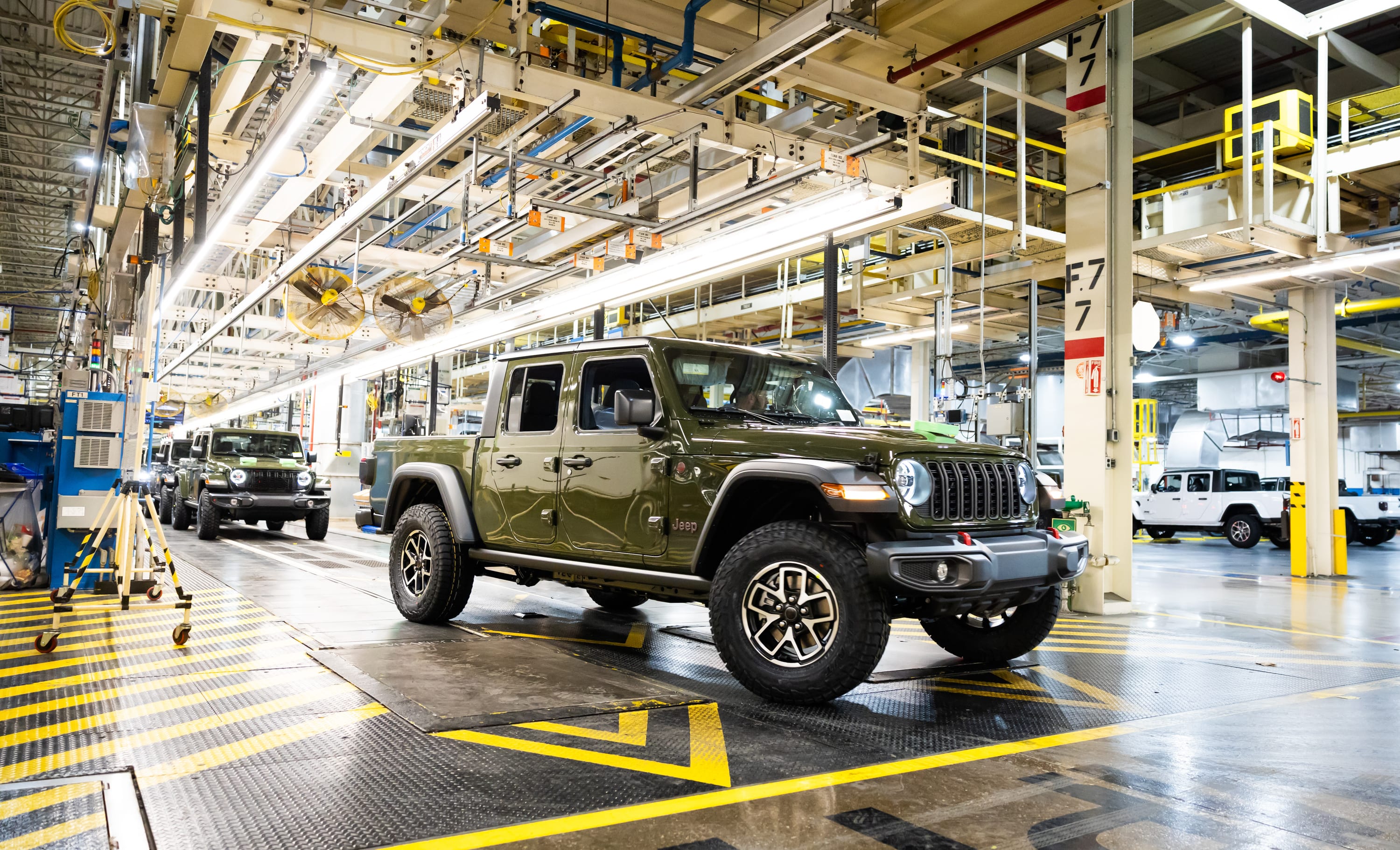
Investment Breakdown Across Midwestern States
The multi-billion dollar plan targets specific plants for new product lines and upgrades.
- Illinois (Belvidere Assembly Plant):
- $600 million investment to reopen the plant.
- Expand production of the Jeep Cherokee and Compass for the U.S. market.
- Expected to create 3,300 new jobs by 2027.
- Ohio (Toledo Assembly Complex):
- Nearly $400 million committed for the assembly of a new midsize pickup truck.
- The new truck will join the Jeep Wrangler and Gladiator on the assembly line.
- Expected to create over 900 new jobs by 2028.
- Michigan (Warren Truck Assembly Plant):
- Nearly $100 million to retool for an “all-new range-extended EV and internal combustion engine large SUV.”
- Expected to be in production by 2028, adding over 900 jobs.
- Michigan (Detroit Assembly Complex – Jefferson):
- $130 million to prepare for production of the next-generation Dodge Durango by 2029.
- Indiana (Kokomo Plants):
- Over $100 million to upgrade plants for the production of a new four-cylinder engine, GMET4 EVO, starting in 2026.
- Expected to add over 100 jobs, making the U.S. the manufacturing home for this strategic powertrain.
- Additional Products: These launches are in addition to a “regular cadence of 19 refreshed products across all U.S. assembly plants and updated powertrains planned through 2029.”
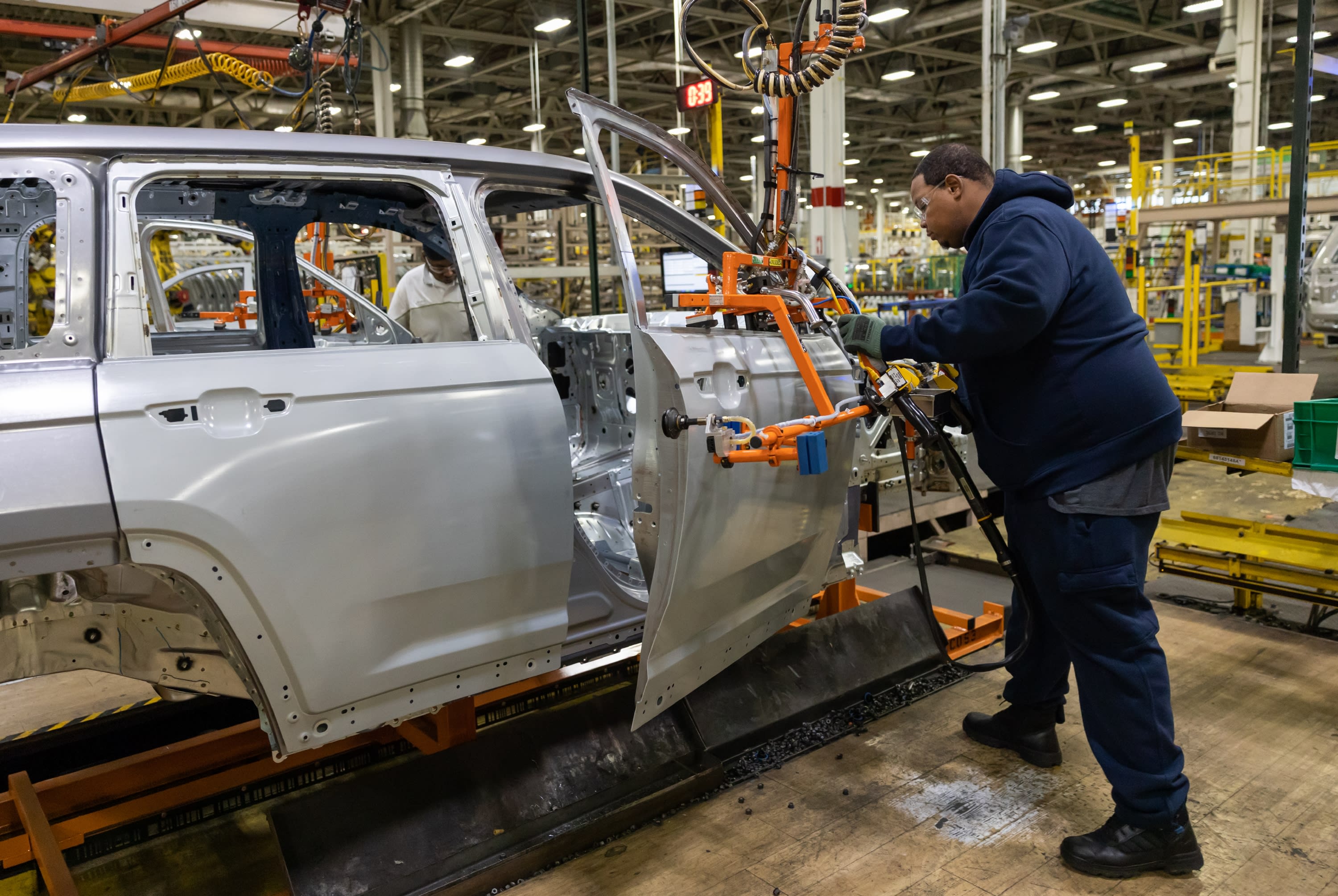
U.S. Gains, Canadian Concerns: The Cross-Border Impact
While U.S. stakeholders celebrate, Canadian labor leaders voice strong opposition to production shifts.
- U.S. Job Creation: UAW President Shawn Fain praised the move, noting it will “bring back good-paying union jobs to the U.S.,” crediting “targeted auto tariffs” for the shift.
- Canadian “Divestment”: Unifor President Lana Payne stated that “Canadian auto jobs are being sacrificed on the Trump altar,” as the Belvidere plant’s reopening for Jeep Cherokee and Compass effectively shifts production away from Canada’s Brampton, Ontario, facility.
- Isolationist Policy: Payne directly attributed this shift to the Trump administration’s “isolationist policy” and urged the Canadian government to prevent Stellantis from reneging on commitments to Canadian workers.
- Stellantis’s Response: Stellantis clarified that only one model’s production would move from Canada to the U.S., reaffirming its commitment to Canadian production and noting it would add a third shift at its Windsor, Ontario, plant for increased Chrysler Pacifica and ICE Dodge Charger demand. They also stated plans for Brampton would be shared after discussions with the Canadian government.
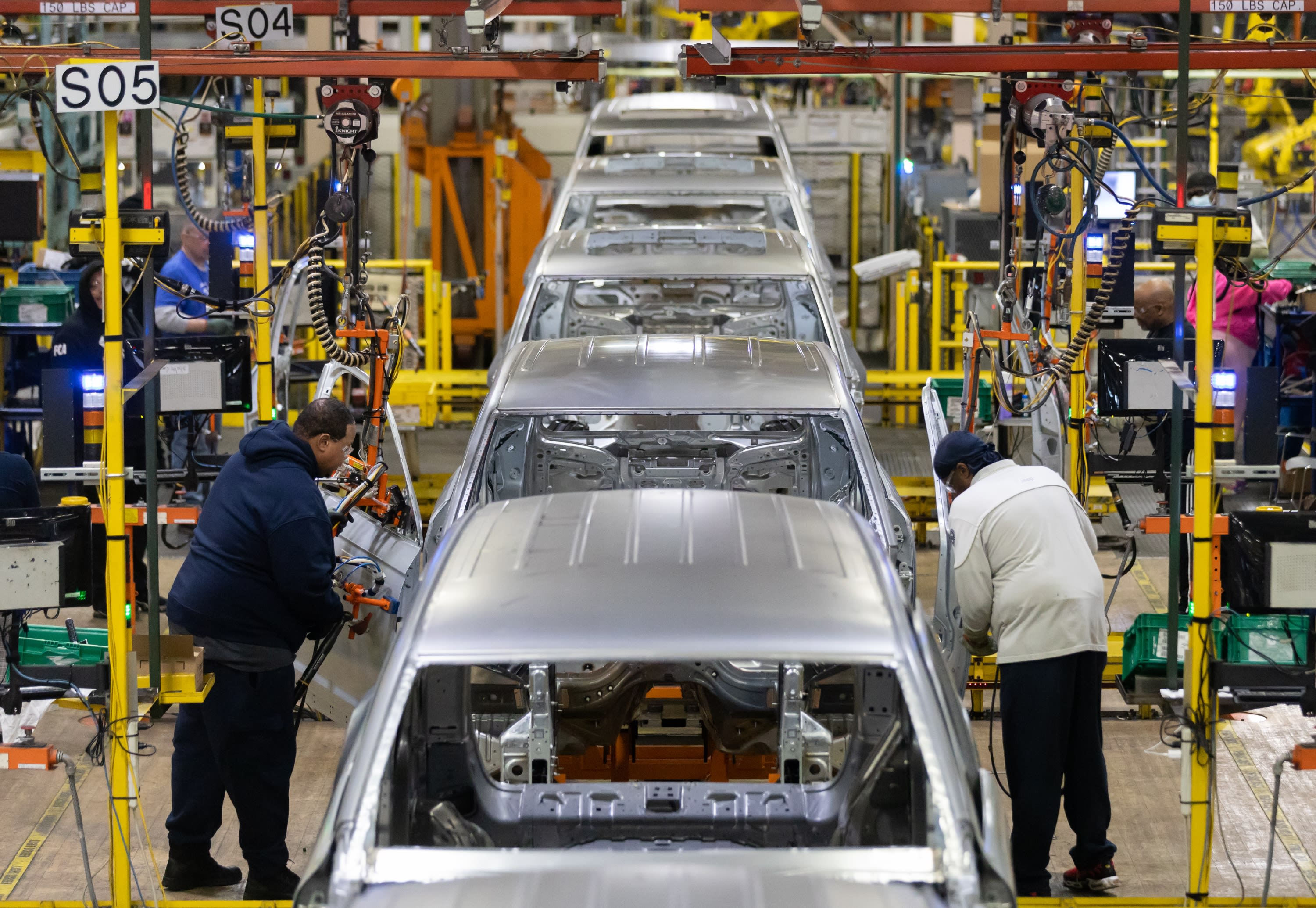
Broader Context: Tariffs and Domestic Investment Trend
Stellantis’s announcement follows similar large domestic manufacturing commitments from other automakers.
- Industry Trend: Hyundai and General Motors have also made significant U.S. investments, with GM announcing a $4 billion investment to adapt Michigan, Kansas, and Tennessee plants for future vehicles.
- Tariff Pressure: These multi-billion-dollar investments coincide with President Donald Trump’s tariffs on vehicle imports, which exert direct pressure on the auto industry to localize production.
- Long-Term Benefits: These strategic moves are expected to yield “long-term benefits for the biggest automakers in the years to come.”
This massive investment by Stellantis signifies a major realignment of its global production strategy, deeply impacting the North American automotive manufacturing landscape and reflecting the complex interplay between trade policy, labor, and corporate investment.
Also Read – Record Number of Americans Behind on Car Payments, Echoing 2009 Recession Warnings

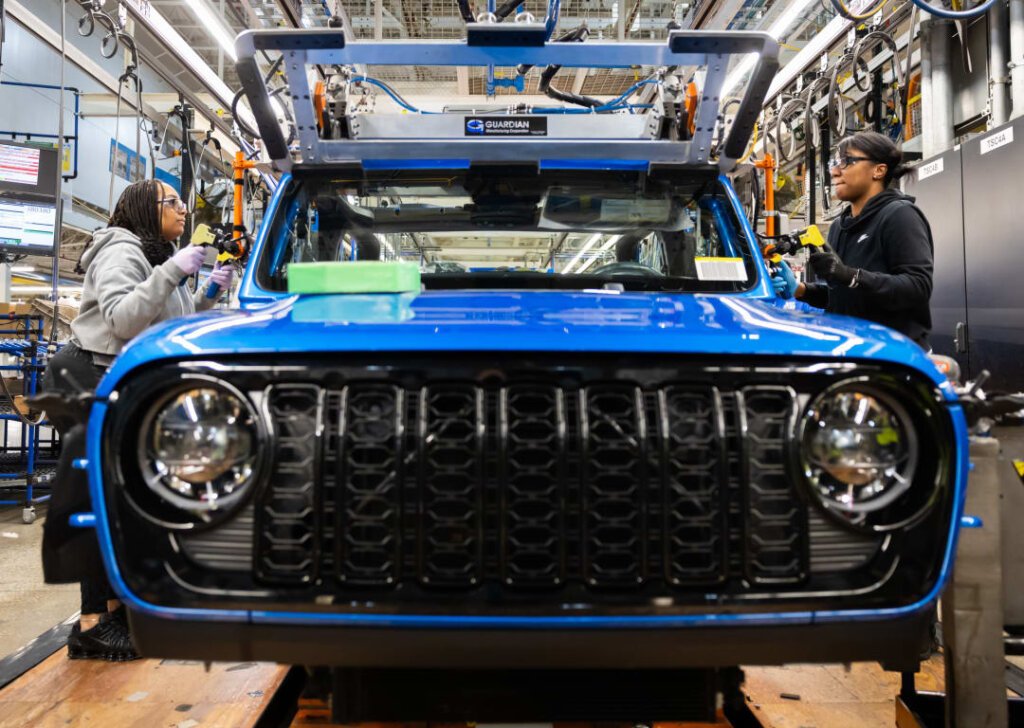


Pingback: 2026 Ford Mustang RTR Unleashed: Pro Drifting & Anti-Lag EcoBoost, No Manual Option - Mechhelp